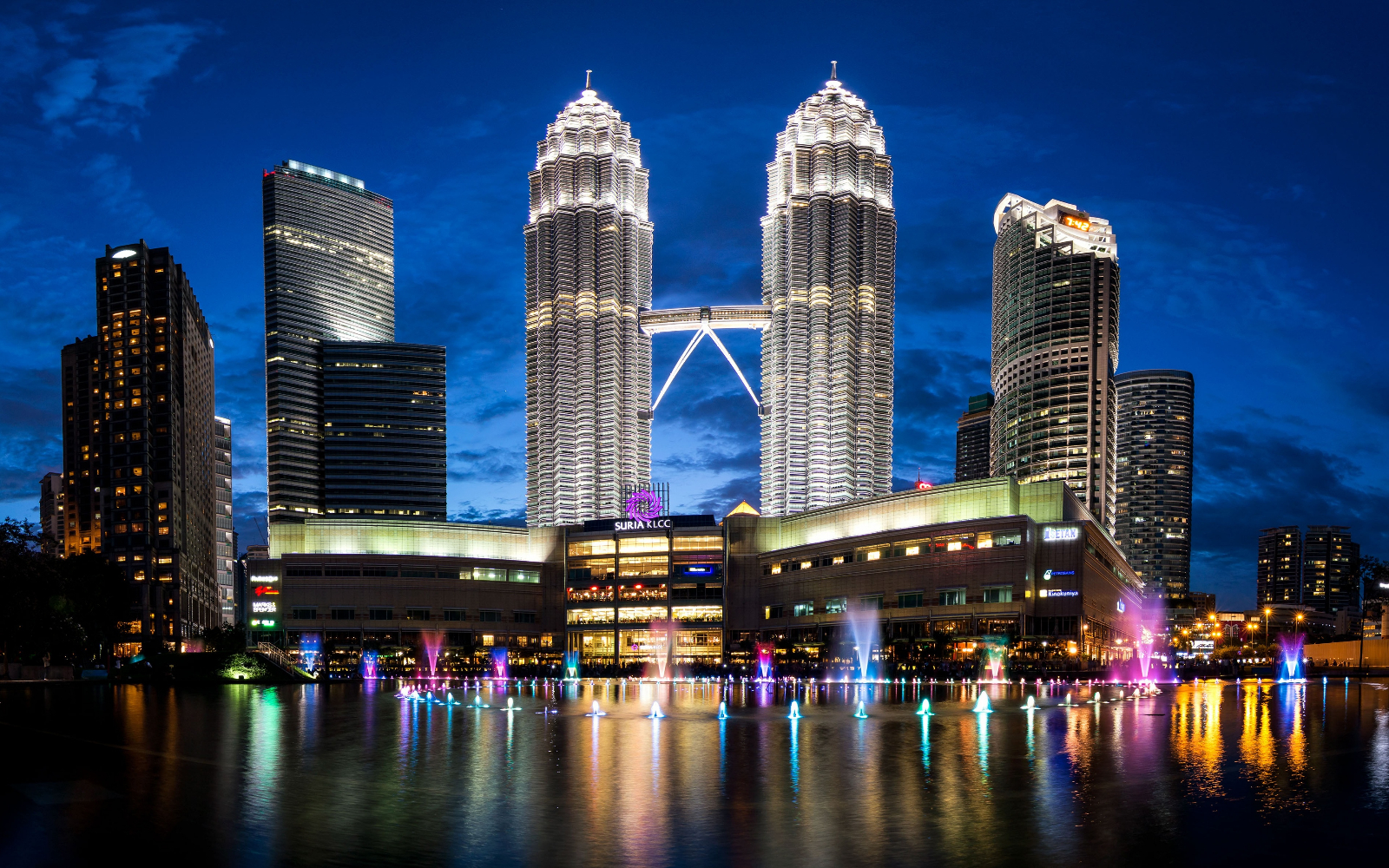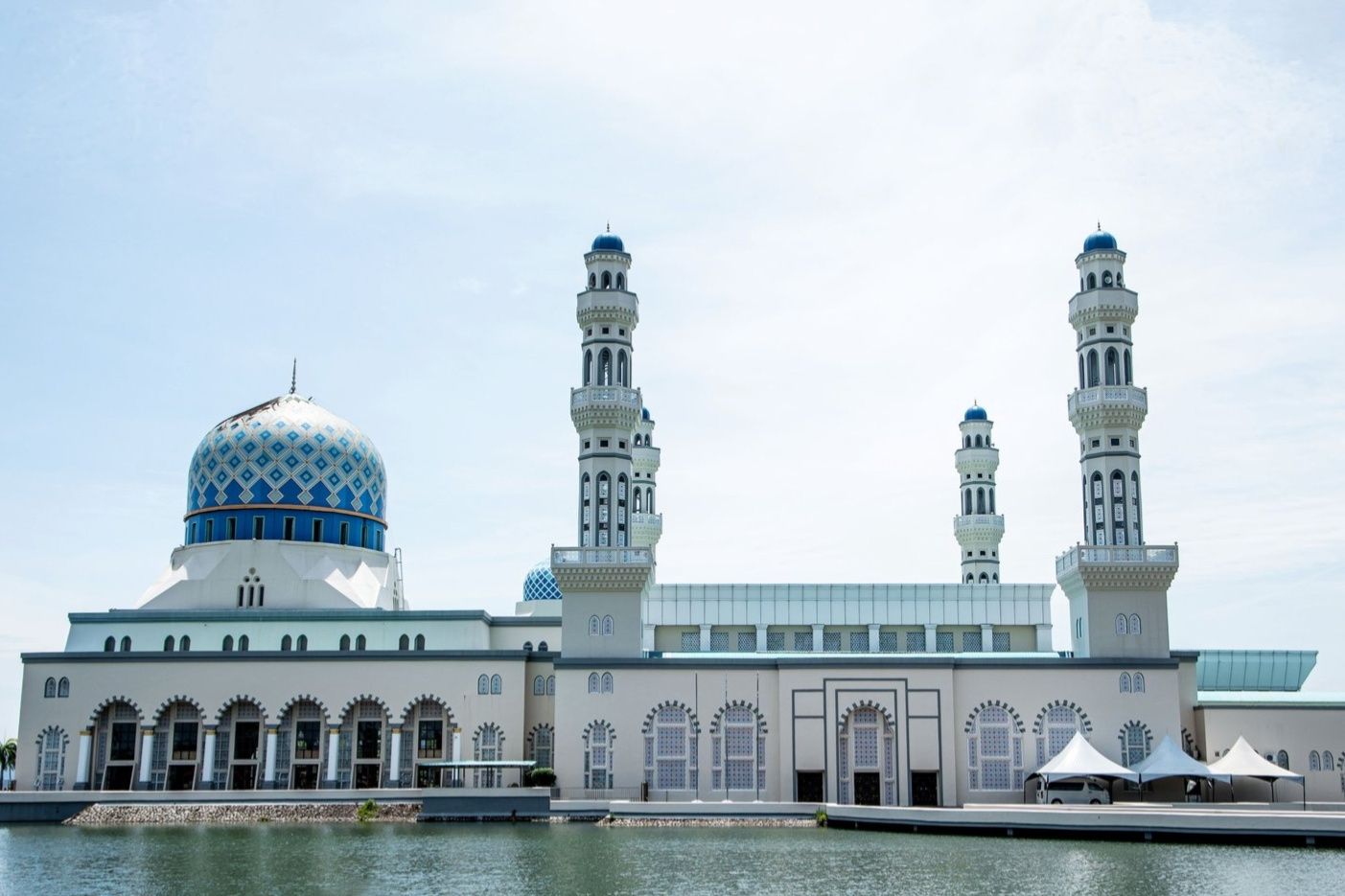
The Economic Structure of Malaysia
Agriculture and Resource Industries: Malaysia is rich in natural resources and serves as a global key exporter of palm oil and rubber. Its palm oil is mainly applied in fields such as food, cosmetics, and biofuels, while rubber is widely used in medical gloves and other products. As a coastal country, Malaysia also boasts a developed fishery and seafood industry, primarily exporting tuna, shrimp, squid, and other seafood. In addition, Malaysia has abundant oil reserves, ranking as one of the main oil and natural gas producers in the Asia-Pacific region. It also has relatively rich reserves of minerals such as iron, gold, tungsten, coal, bauxite, and manganese. Meanwhile, it is an important producer and exporter of automobile tires in Southeast Asia.
Manufacturing and Industry: Malaysia's manufacturing sector has an early start and a solid industrial foundation, with industries covering multiple fields such as electronics and electricals, automobiles, chemicals, machinery manufacturing, food and beverages, and rubber. The electronics and electricals industry is one of the core pillars of its manufacturing sector, with products such as semiconductors, chips, and solar cells holding an important position in the global market. The government has also launched the "National Semiconductor Industry Strategy" with the goal of building the country into a global semiconductor center. In the petrochemical field, there is Petronas, a globally important energy enterprise. In terms of the automotive industry, Malaysia is one of the few countries in Southeast Asia with its own automobile brands. In 2024, new car sales reached a new high, and it is vigorously supporting the transformation of automotive electrification, attracting many international new energy vehicle enterprises to enter.
Services: The services sector is the core engine of Malaysia's economic growth, having formed a modern industrial system covering diverse fields such as finance, tourism, education, healthcare, information technology, and the digital economy. With a long coastline, vast tropical rainforests, and rich and diverse cultural heritage, the country boasts mature and complete tourism infrastructure. Tourism serves as the third-largest economic pillar and the second-largest source of foreign exchange earnings. Meanwhile, the government attaches great importance to the development of technological innovation, artificial intelligence, and the digital economy, launching multiple policies to promote digital infrastructure construction. In 2024, Malaysia attracted data center investments exceeding 86 billion ringgit, and the total transaction value of digital economy goods reached 31 billion US dollars, representing a 16% growth from 2023.
At present, the Southeast Asian market has become the focus of global enterprises' layout by virtue of its huge consumption potential and unique regional advantages. For Chinese enterprises, in-depth research on this market is the key to responding to the "Belt and Road" initiative and achieving international transformation. To this end, iiMedia Research has launched the "Southeast Asian Market Research Series", focusing on various countries, analyzing them from multiple dimensions, and providing accurate market intelligence and decision-making references for Chinese enterprises. Today, we focus on Malaysia.
On April 16, 2025, more than 30 bilateral cooperation documents signed between China and Malaysia covered areas including cooperation on three global initiatives, "Dialogue between Confucian and Islamic Civilizations", digital economy, service trade, upgraded development of "Twin Parks", joint laboratories, artificial intelligence, railways, intellectual property rights, agricultural products export to China, visa exemption for mutual visits, and giant panda protection.
Statistical data shows that in 2024, Malaysia's services sector grew by 5.4% year on year, industry by 4.2% year on year, and agriculture by 3.1% year on year. Malaysia is rich in natural resources, with the production and export volume of rubber, palm oil and pepper ranking among the top in the world. The electronics, manufacturing, construction and services sectors have developed rapidly. Tourism is Malaysia's third largest economic pillar and the second largest source of foreign exchange income, continuously promoting economic growth.

The China-Malaysia Relations under the Belt and Road Initiative
Infrastructure Construction Cooperation: The Malaysia East Coast Railway, undertaken by the CCCC Malaysia East Coast Railway Project Company, is a flagship project for China and Malaysia to jointly build the "Belt and Road" at a high level. The railway stretches approximately 665 kilometers in total length and is scheduled for completion by the end of 2027. Upon completion, it will connect the Port of Kuantan and the Port of Klang, constructing an important "land bridge" that links the east and west coasts of Malaysia. This will fill the void of no railway through-link between the eastern and western coasts of the Malay Peninsula, enhance cargo transportation efficiency, and drive the economic development of related regions.
Trade Exchanges Deepening Continuously: China has remained Malaysia's largest trading partner for 16 consecutive years, while Malaysia is China's second-largest trading partner and largest import source country among ASEAN member states. In 2024, the bilateral trade volume between China and Malaysia reached 212 billion U.S. dollars, nearly a thousand times higher than that at the time of the establishment of diplomatic relations between the two countries. The trade structure between China and Malaysia is highly complementary. China imports computer components, palm oil, plastic products, etc., from Malaysia, and exports clothing, textiles, etc., to Malaysia.
Industrial Park Cooperation Achieves Remarkable Results: The Malaysia-China Kuantan Industrial Park and the China-Malaysia Qinzhou Industrial Park have set an innovative example of bilateral economic cooperation under the "Two Countries, Two Parks" model. Relying on the natural endowments, industrial advantages, and market resources of the two countries, the industrial system of the Malaysia-China Kuantan Industrial Park is being accelerated, and it has become one of the most successful industrial parks in Malaysia's East Coast Economic Zone. With the full completion of the expansion project, the throughput of Kuantan Port is expected to double, from 26 million tons to 52 million tons, further promoting the flow of goods and trade development along the "Belt and Road" initiative.
Green Energy Sector: The ground-mounted photovoltaic project constructed by Chinese enterprises in Sabah has been connected to the grid for power generation, and the Kuala Kedah photovoltaic power plant in southern Kedah is operating smoothly commercially. In the new energy vehicle sector, the joint venture cooperation between Malaysia's Proton Holdings and China's Geely Holding Group has enhanced Proton's production efficiency and restored its sales in Malaysia. Geely plans to invest 10 billion US dollars to build an automotive hub, boosting Malaysia's status in the global automotive and related technology fields.
Digital Economy Sector: China and Malaysia have made remarkable progress in cooperation in the fields of artificial intelligence, Silk Road e-commerce, intelligent logistics, etc., helping Malaysia build itself into a regional digital economy leader. At present, with the support of Chinese enterprises, projects such as Malaysia's "Digital Smart Port", "Green Smart Power Plant" and "Digital Smart Supply Chain" are being continuously implemented.
Cultural and People-to-People Exchanges Becoming Increasingly Close: Cooperation in the field of education is diverse and in-depth. For example, the China-Malaysia Digital Economy Modern Craftsman College was inaugurated, led by Guangxi College of Finance and Economics, and jointly built by multiple universities and enterprises. It aims to cultivate talents in the fields of digital technology, electronic information, and manufacturing. In addition, intercollegiate exchanges between Chinese and Malaysian universities have increased significantly. University students visit each other's countries for study and exchange, while university teachers carry out cooperative research, publish academic achievements, and visit each other for academic exchanges.

Preferential Policies to Encourage Foreign Investment in Malaysia
Tax Incentives
Emerging Industrial Status: Enterprises awarded this status can enjoy a partial income tax exemption for a period of 5 years, with income tax levied only on 30% of their statutory income.
Investment Tax Allowance: Eligible for an investment tax allowance of 60% on qualified capital expenditures for a period of 5 years. In addition to the manufacturing sector, both incentive policies can be applied to industries such as agriculture, tourism, and manufacturing-related service sectors.
Reinvestment Allowance: Manufacturing enterprises that have been in operation for more than 12 months and need to expand production capacity, modernize production equipment, or upgrade and transform for product diversification can apply for reinvestment allowance. After using the reinvestment allowance for 15 years, enterprises reinvesting in "promoted products" can apply for an accelerated capital allowance for a period of 3 years, enjoying an initial allowance of 40% of qualified capital expenditures in the first year, and 20% in each of the next two years. This allowance also applies to industries such as agriculture, environmental management, and information and communication technology.
Preferential Policies for Export-oriented Enterprises: If the export volume increases by 30%, 10% of the increased export amount is exempt from income tax; if the export volume increases by 50%, 15% of the increased export amount is exempt from income tax. For information and communication technology enterprises, 50% of the increased export amount is exempt from income tax.
Industry-Specific Incentives
Multimedia Super Corridor (MSC): Established in Kuala Lumpur, this zone actively attracts foreign investment in electronics, information, and communication technology development. For enterprises within the "corridor," in addition to income tax and investment tax relief, support is also provided in areas such as telecommunications fees, R&D funding applications, listing, and overseas capital raising.
Specific Industries: Information and communication technology enterprises approved by the Multimedia Development Corporation can, on the basis of Emerging Industrial Status, enjoy full exemption from income tax or full allowance for qualified capital expenditures, with the first round valid for 5 years. Meanwhile, there are no restrictions on foreign equity ratios or the employment of foreign technical staff. Approved operational headquarters, regional distribution centers, and international procurement centers can enjoy preferential policies such as 10-year full exemption from income tax, and 100% foreign equity is not restricted.
Regional Incentives
Eastern Corridor: Aiming at the relatively weak industrial base in East Malaysia and the eastern coastal areas of the Malay Peninsula, foreign and local investors are encouraged to invest in Sabah and Sarawak in East Malaysia, as well as the "Eastern Corridor" of the Malay Peninsula, with special preferences in income tax and other aspects.
Johor - Singapore Special Economic Zone: Offers preferential policies such as zero tax rate and low corporate income tax (0%-5%).
Equity Policies
In sectors such as manufacturing, mining, Multimedia Super Corridor (MSC) status companies, Islamic banking, and the five major economic development corridors where foreign investment is encouraged, foreign capital can obtain 100% equity.
The Malaysian government has successively revoked the 30% equity quota restrictions for 27 sub-sectors of the service industry and listed companies, further opening up the service and financial sectors. The stock market is open to foreign investors, allowing foreign enterprises or investors to acquire local listed companies.





